10/24/24
Best of the West: Sustainable aviation fuel takes off; opioid task force; solar canal powers up; Arizona Shared Stewardship; Lahaina volunteer effort; Walter White takes on litter
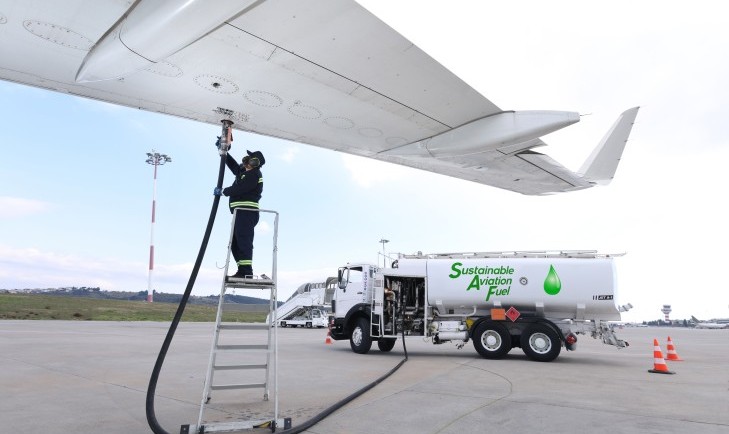
The Western Governors' Association keeps you updated on the latest news in the West. Here are the top stories for the week starting October 21, 2024. (Photos courtesy of Adobe Stock Images, the US Department of Energy, Tectonicus, and the Office of Governor Michelle Lujan Grisham)
Each year, air travel in the United States accounts for about 11% of transportation emissions and 3.3% of the country’s total CO2 emissions. In an effort to reduce CO2 in the atmosphere, the Administration has set out to increase sustainable aviation fuel (SAF) production to 3 billion gallons per year by 2030 – a total that’s 100 times the amount of SAF U.S. airlines used last year.
To get there, western states and companies are leading in sustainable aviation fuel production, with large-scale projects taking flight in the Great Plains, Pacific Northwest, and elsewhere in the region.
Last week, the Department of Energy’s Loan Programs Office released two big announcements around SAF projects in Montana and South Dakota. Between the two projects, DOE is making a nearly $3 billion commitment to help boost SAF production in the region.
In Montana, DOE’s conditional commitment for a loan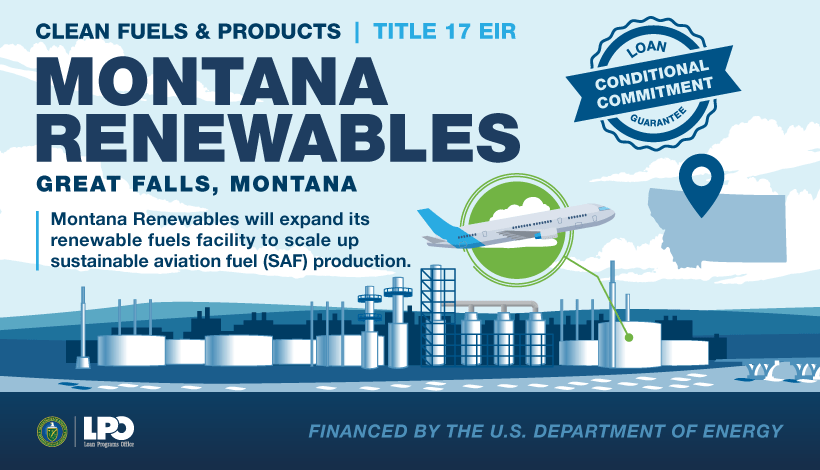 guarantee of $1.44 billion will help Montana Renewables expand their renewable fuels facility in Great Falls to use vegetable oils, fats, and greases to produce sustainable aviation fuel, renewable diesel, and renewable naphtha.
guarantee of $1.44 billion will help Montana Renewables expand their renewable fuels facility in Great Falls to use vegetable oils, fats, and greases to produce sustainable aviation fuel, renewable diesel, and renewable naphtha.
The Montana Renewables facility has been open since 2022, and currently produces about 140 million gallons of biofuels per year. The loan guarantee would help expand the facility to produce about 315 million gallons, most of which would be SAF. By that point, Montana Renewables will be one of the world’s leading SAF producers, with its operation alone producing 10% of the 3 billion gallons that the federal government is shooting for.
DOE’s other conditional commitment would give a $1.46 billion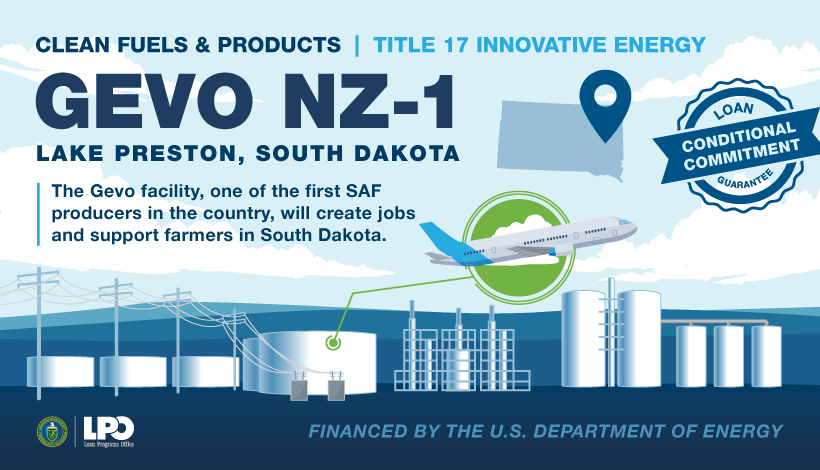 boost to Colorado-based company Gevo to help build a large-scale corn starch-to-jet fuel facility in Lake Preston, South Dakota. The facility will use local low-carbon field corn to produce sustainable biofuels, including SAF. Additionally, the facility will be integrated to use carbon capture and sequestration technology and renewable energy to keep its emissions low. Once completed, the Gevo facility will contribute 60 million gallons of SAF.
boost to Colorado-based company Gevo to help build a large-scale corn starch-to-jet fuel facility in Lake Preston, South Dakota. The facility will use local low-carbon field corn to produce sustainable biofuels, including SAF. Additionally, the facility will be integrated to use carbon capture and sequestration technology and renewable energy to keep its emissions low. Once completed, the Gevo facility will contribute 60 million gallons of SAF.
In Colorado, Mesa and Pitkin Counties are looking into the development of SAF for small regional airports on the state’s Western Slope. The counties recently supported a feasibility study that would look into the possibility of using local feedstock, biosolids, beetle kill and agricultural waste for SAF production.
One of those airports, the Eagle County Regional Airport, could soon see an influx of SAF if a proposal to site a small fuel plant at the Eagle County landfill goes through. The proposed facility would convert municipal waste from the surrounding area’s mountain towns into sustainable fuel using renewable energy from the Holy Cross Energy grid.
Twelve, the California-based producer of E-Jet sustainable aviation fuel, is working to open its inaugural plant in Moses Lake, Washington. The first-of-its-kind facility will produce SAF using just biogenic CO2, water, and renewable energy.
World Energy, which was the world’s first commercial-scale producer of SAF, currently operates one of the North America’s largest SAF facilities in Paramount, California, and plans to launch a new hub in Houston, Texas. World Energy is partnering with United Airlines, the country’s third-largest air carrier, which has committed to buying 1.5 billion gallons of SAF and aims to be net-zero by 2050.
America’s largest SAF facilities in Paramount, California, and plans to launch a new hub in Houston, Texas. World Energy is partnering with United Airlines, the country’s third-largest air carrier, which has committed to buying 1.5 billion gallons of SAF and aims to be net-zero by 2050.
Check out Wyoming Governor Mark Gordon’s Decarbonizing the West Chair initiative, that looked into the use of low carbon fuel alternatives like sustainable aviation fuel.
Taking on the opioid crisis: in Utah, Governor Spencer Cox announced a new statewide task force last week, aimed at tackling the spread of fentanyl and addressing the root causes of addiction in the state. The task force will convene political leaders, law enforcement, and federal and state agencies to provide better data on the crisis, intervene in drug trafficking networks, and support prevention and treatment.
"I think we can all agree that this state that we love, the communities in which we live, will be much better off as we educate and eradicate the effects of fentanyl and while we keep Utah safe," said Governor Cox.
Read Western Governors’ bipartisan policy resolution that addresses the opioid crisis to learn more about the Governors’ shared policy on this issue.
Solar canal powers up: earlier this month, the Gila River Indian Community in Arizona powered on its groundbreaking solar array that covers 2,700 feet of the Casa Blanca Canal with about 2,500 solar panels.
The project generates renewable solar energy while also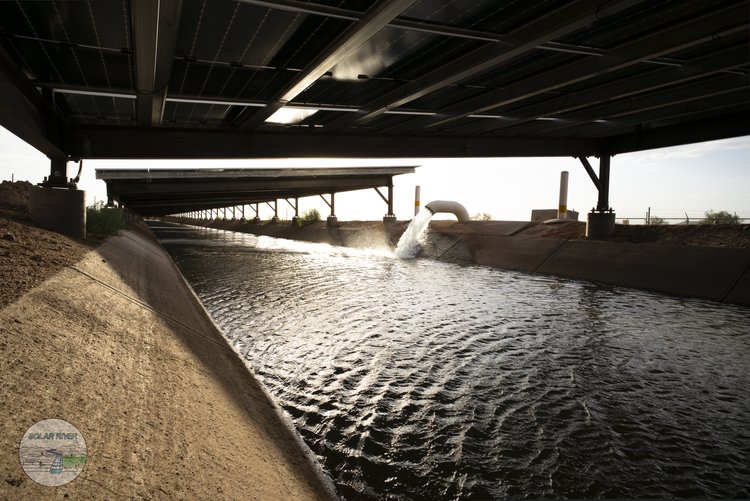 helping reduce evaporation from the canal by as much as 50%. Additionally, the cooling effect on the solar panels from the water below helps increase the efficiency of the panels.
helping reduce evaporation from the canal by as much as 50%. Additionally, the cooling effect on the solar panels from the water below helps increase the efficiency of the panels.
The project marks the first solar panel-over-canal project in the Western Hemisphere.
Listen to Stephen Roe Lewis, the Governor of the Gila River Indian Community, speak about the canal photovoltaics project at WGA’s 2024 Western Prosperity Forum in Phoenix, Arizona.
MOU for Arizona forest health: the U.S. Department of Agriculture Under Secretary for Natural Resources and Environment, Dr. Homer Wilkes, and Arizona Governor Katie Hobbs signed a Shared Stewardship Agreement this week to promote collaboration between state and federal land managers to support forest health in Arizona.
The agreement builds on a 2020 MOU that seeks to address the wildfire crisis in Arizona’s high priority firesheds.
“Partnership is essential to protecting our people, infrastructure, and ecosystems from wildfires,” said Governor Katie Hobbs. “This Stewardship Agreement renews our commitment to working with the US Forest Service to mitigate wildfire threats to Arizona communities and ensure healthy forests and ample water supply. I thank Under Secretary Wilkes for his continued collaboration with Arizona and dedication to responsible forest management.”
Dr. Wilkes and Governor Hobbs spoke more about the importance of state-federal collaboration on forest restoration and wildfire risk mitigation during WGA's Western Prosperity Forum. Watch their discussion here.
Collectively, Western Governors signed the first Shared Stewardship MOU with USDA in 2018. That agreement was re-adopted at the WGA 2024 Annual Meeting in June. Since the Shared Stewardship approach was adopted, more than 30 individual states have signed stewardship agreements with USDA.
Volunteers open Lahaina pool: in Lahaina, the Maui town that experienced a devastating wildfire in August of last year, volunteers have completed an ambitious cleanup of the town’s community pool.
After over a year of work, hundreds of volunteer hours, and thousands in donations, nonprofit groups and the county were able to clean up and reopen the pool to the community. Residents say that the pool represents a returning sense of normalcy for a community that has experienced catastrophic upheaval and uncertainty for more than a year.
For more on the recovery effort following the Lahaina fires, check out a recent blog about Hawaii Governor Josh Green’s efforts to secure stable housing for Lahaina residents whose homes were lost.
Breaking Bad habits: Walter White, Bryan Cranston’s iconic character from “Breaking Bad”, made his return recently to help New Mexico Governor Michelle Lujan Grisham launch a statewide beautification and anti-litter campaign.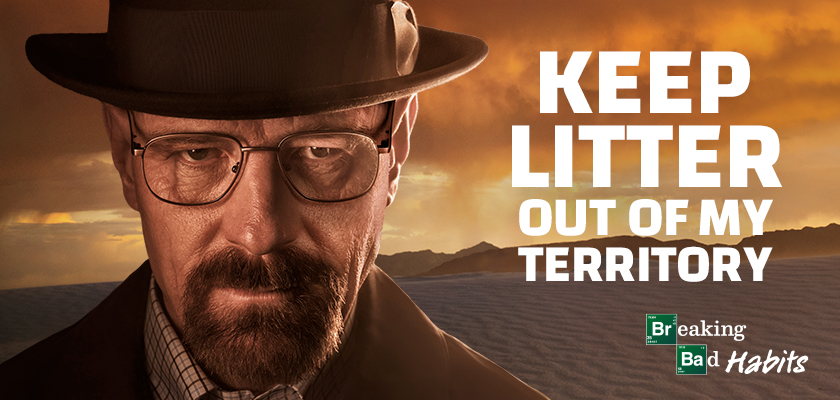
The “Breaking Bad Habits” campaign will push to reduce litter in New Mexico through volunteer cleanups and a public awareness campaign featuring Cranston in TV ads, and on billboards, t-shirts, and social media campaigns.
“New Mexico is the most beautiful state in the nation, but I’m saddened and disappointed by the amount of litter I see carelessly tossed along roadways, public parks and other places,” Governor Lujan Grisham said. “It’s time for all of us to commit to Breaking Bad Habits and do our part to eliminate litter and preserve our great state’s spectacular beauty.”